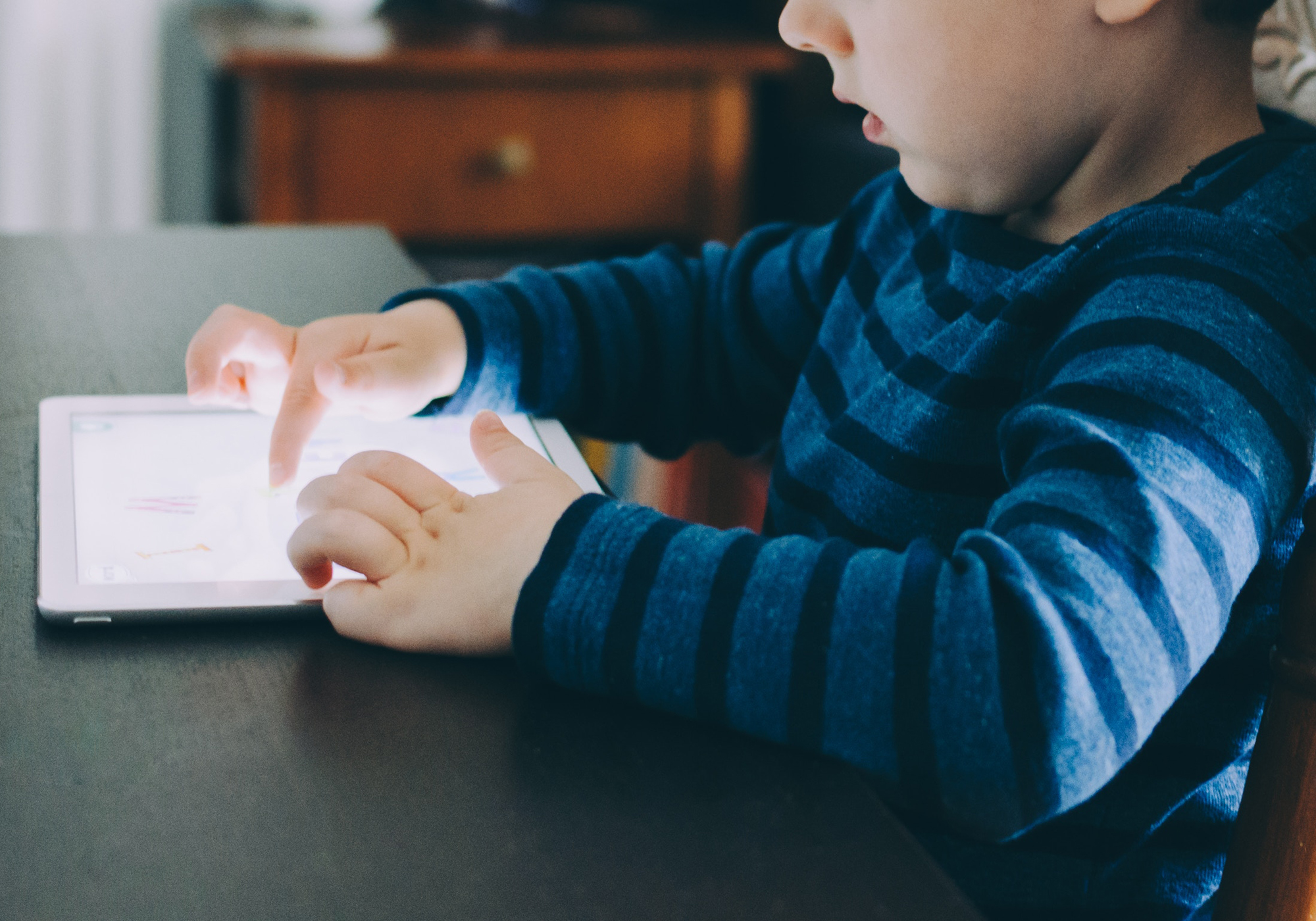Why Screen Time is More Detrimental to Our Kids Than We Thought

The Smartphone. Tablets. TV. Video Games. These are some of the cheapest and most readily available babysitters around. As a mom who works from home, I get it. There have been moments where I just needed my kids to watch a little YouTube long enough for me to concentrate and finish whatever it is I needed to get done.
But compelling studies show that screen time may be destroying our kids. Research shows a dramatic marked behavioral changes starting in 2012, the exact year when the proportion of Americans who owned a smartphone surpassed 50 percent. The iGen, cleverly dubbed by some, are those born between 1995 and 2012, and they’re suffering developmentally, socially, emotionally and physically.
Why our kids crave screen time
We grew up with TV too. But this generation’s screen time is far more stimulating than TV has ever been, especially when it comes to digital interactions like social media and video games. When your child plays Pokemon GO or gets a like on Facebook, he gets a shot of dopamine – the same feel-good body chemical you get from chocolate or exercise – but in a much higher dose. Hours of screen time means young brains are awash in dopamine. Kids begin chasing dopamine spikes the way an addict chases cocaine. Hyperbole? Hardly. Brain imaging research shows that a person’s brain who is on screens for more than 15 hours a week begins to look like a cocaine addict’s, where there’s a shrinkage of the frontal cortex and less gray matter. The frontal cortex is the rational, decision-making art of the brain, which for toddlers and young children, isn’t fully developed yet.
What are the repercussions?
The impact goes far beyond the usual concerns of shorter attention sans. The worst offender seems to be social media since it’s changed every facet of a young person’s life, from the way they sleep to the way they interact socially. But screen time is affecting kids of all ages. Here are some compelling statistics broken out by age:
Zero to 2 years:
- Screen time affects language development, reading skills and short-term memory, sleep and attention spans
- Even having the TV on in the background is consequential. Normally a parent speaks 940 words per hour when a toddler is around. With the television on, the number falls by 770! Fewer words means less learning.
- 97 percent of babies (under 1) watch TV in America
Recommended TV time: zero, skyping with relatives excepted.
2 – 5 Years of age:
- Toddlers who watch more TV show greater problems with attention spans at age 7
- For kindergartners, more than one hour of TV each day means they’re 52 percent more likely to be overweight than kids who watch less and 72 percent more likely to be obese than kids who watch less
- Kids eat an additional 167 additional calories per hour of television watched
- Four hours of daily screen time means it takes 20 minutes longer to fall asleep
Recommended TV time: Less than 1 hour a day
Grade Schoolers and Teens:
- Teens who spend tree hours a day or more on electronic devices are 35 percent more likely to have a risk factor for suicide. In 2011, for the first time in 24 years, the teen suicide rate was higher than the teen homicide rate
- Four hours of daily screen time is linked to a full-grade-level drop in average GPA
- Depressive symptoms among girls have gone up 50 percent and 21 percent for boys from 2012 to 2015
- Many teens sleep less than 7 hours most nights
- 57 percent more teens were sleep deprived in 2015 than in 1991
- Eighth, 10th and 12th graders in the 2000s actually spend less time on homework than Gen X teens did in the early 1990s, even though they go out less
- The number of teens who get together with their friends every day dropped by more than 40 percent from 2000 to 2015
- Twelfth graders in 2015 were going out less often than eight-graders did as recently as 2009
- Only 56 Percent of high-school seniors in 2015 went out on dates versus 85 percent for Boomers and Gen Xers
- 40 percent more girls and 27 percent more boys said they often feel left out in 2015 than in 2010
Recommended dosage: Less than 2 hours a day
Despite these stark findings, you don’t need to pack your bags and move your family to some remote location with no wifi. Most of the significant effects begin to appear after two more hours a day on electronic devices for grade schoolers and teens. The average teen spends about two and a half hours a day on electronic devices. Some mild boundary-setting could keep kids from falling into harmful habits.
